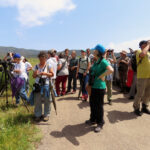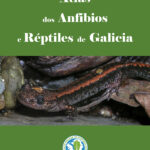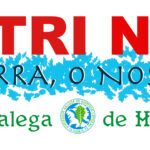The Galician Society of Ornithology (SGO for its Galician acronym), SEO Pontevedra and the Galician Society of Natural History (SGHN) denounce the carelessness of the General Directorate of Natural Heritage in the monitoring and compliance with environmental regulations in the SPA and SAC of Ría de Foz.
The absolute lack of management of this protected area from environmental authorities of Xunta de Galicia shows that protection is solely on paper and instead there is an absolute indifference in the real conservation of the habitats and birds of the country as our laws dictate.
Importance and protection of Ría de Foz
Ría de Foz is an estuary nestled between the municipalities of Barreiros and Foz in the north of the province of Lugo, which is in theory guarded by two protection figures in the framework of the Natura 2000 network of the European Union: Special Protection Area (SPA ES0000373) Ría de Foz and Special Area of Conservation (SAC ES1120011) Ría de Foz-Masma.
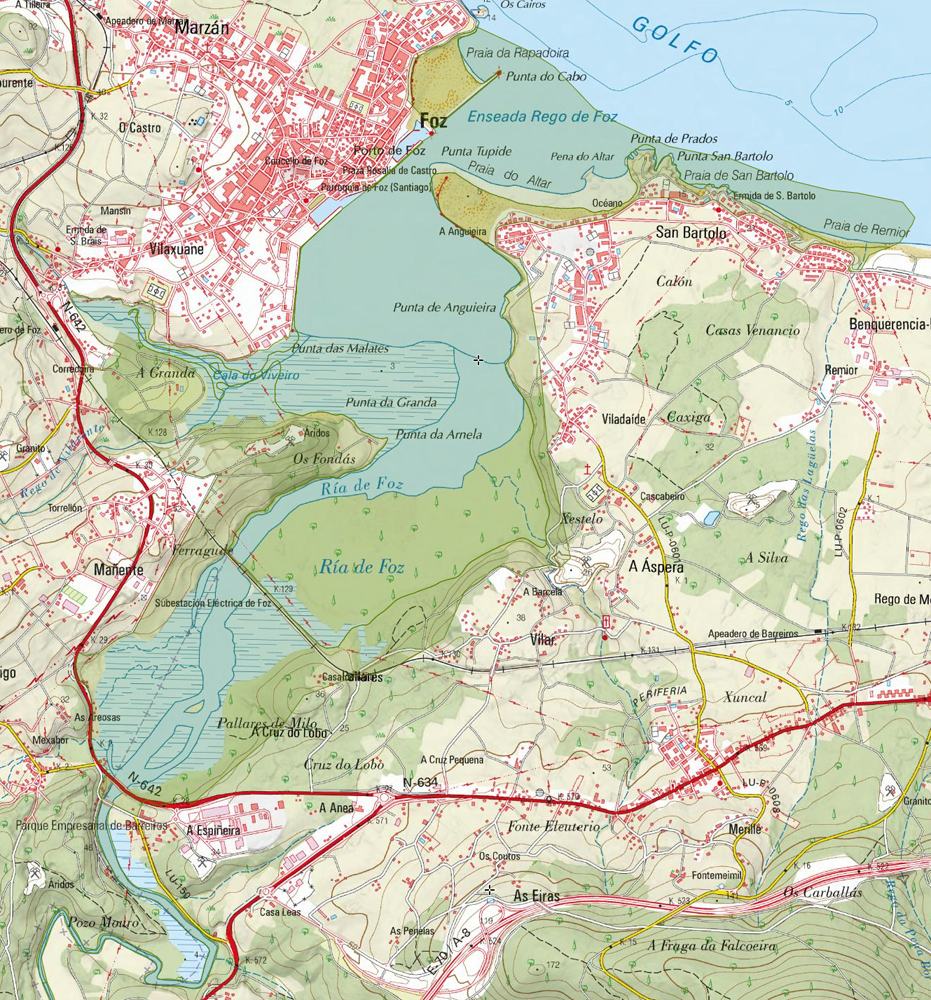
The main values for which it was declared SPA were the number of curlew (Numenius arquata) and bar-tailed godwit (Limosa lapponica). But the first species is present throughout the year and its conservation status according to BirdLife International and the IUCN is of Near Threatened and is suffering a significant decline of its European populations. Furthermore, many other migratory waterbird species use the estuary, in particular the intertidal areas to nurture themselves and rest: wigeon (Mareca penelope), teal (Anas crecca), spoonbill (Platalea leucorodia), osprey (Pandion haliaetus), oystercatcher (Haematopus ostralegus), grey plover (Pluvialis squatarola), knot (Calidris canutus), sanderling (Calidris alba), etc.
These species are of regular presence in the Ría de Foz SPA and must be protected according to Article 4 of the Birds Directive. In addition, different habitats present in the area are included in Habitats Directive Annex I.
On the other hand, 37/2014 Decree declared special conservation areas the places of community importance of Galicia and adopted the Master plan of Natura 2000 of Galicia. This plan includes the Ría de Foz SPA and the Ría de Foz-Masma SAC and establishes the zoning of the area in Protection and Conservation Areas according to the value of the habitats and species present.
Disturbances to birds
A specially difficult moment for migrant and wintering waders in the estuary is at high tide. Because of the small size of the estuary there is very little suitable surface area for birds to get adequate rest during this period. The main and almost unique roosting area in the estuary for species such as Numenius arquata, N. phaeopus, Limosa lapponica and Platalea leucorodia is situated in the protection area. This area is also a feeding area for these and other waterbirds.
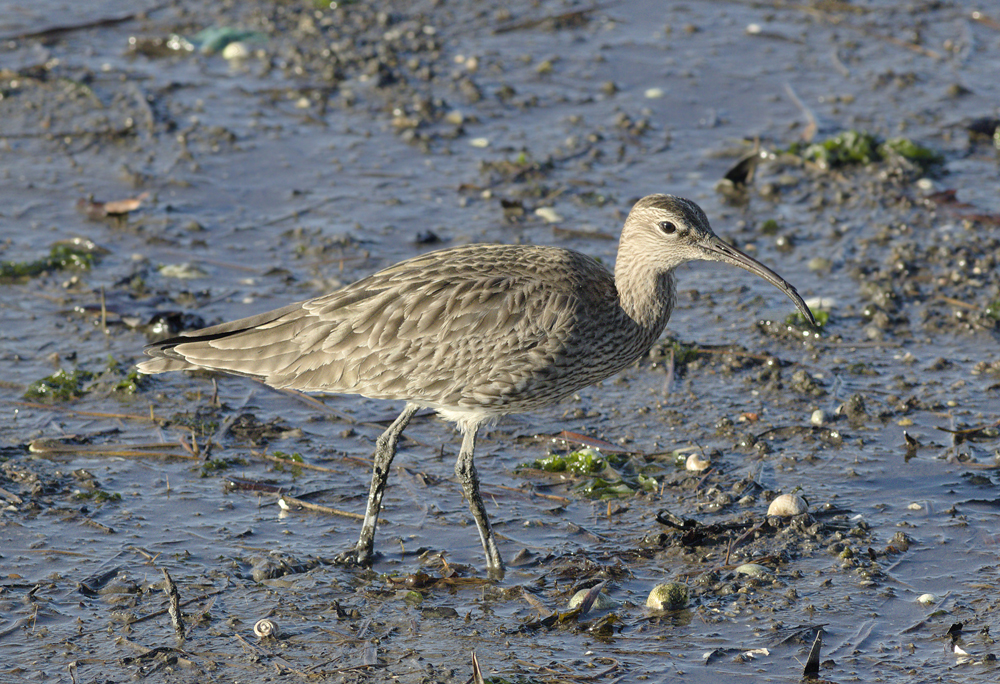
In this privileged natural context, the disturbances to birds and the breach of the environmental law by participants in various activities is continuous throughout the year, and this intensifies in the summer season and even more on weekends. In other countries these facts could seem astonishing in a natural area protected at European level but it is the usual in Galicia given the utter detachment and management failure of the SPAs by Xunta de Galicia.
To assess the impact of these activities, from the end of February 2019 to 31 July 2020 data were recorded of the disturbances to birds visiting the estuary almost half of the days (212 of 432). The average daily visit period was 87 minutes. The activities that are having an impact on the environment and birds are listed here
1. Strolls with loose dogs
Observed on 30% of the days within the boundaries of the SPA. This happens in two main areas: in the special protection area of the kentish plover (Charadrius alexandrinus) placed in the dunes and the Altar and Angueira beaches in the municipality of Barreiros. Despite this endangered species having a Conservation Plan of Xunta de Galicia and the indicative sign which states that no loose animals may be taken in the breeding season (between 15 March and 15 July) this is breached systematically. It is unlikely for the species to nest there while this activity is not controlled. In addition many times loose dogs are seen in the intertidal area and in seafood fishing grounds, this illegal activity causes disturbances to species such as Numenius arquata, N. phaeopus, Limosa lapponica, Charadrius hiaticula, Calidris alpina, C. alba, C. canutus, etc.
2. Unauthorised navigation and anchoring of motor vessels
14% of the days motor vessels were observed within the Protection Area and 5% in the Area of Conservation, including jet skis in the marsh. However, these activities sure have a bigger impact as in the study the weekends were avoided. Besides the impact over the natural environment and migratory species, this activity puts in grave danger the participants themselves and other people who use the Angueira beach and other vessels because of the systematic infringement of the maritime safety regulations and the regulation of this activity. This activity could and should be done from the Foz marina, without jeopardising other people or breaching the Master plan of Natura 2000 of Galicia that forbids explicitly sport activities with motor in marshes. This activity is affecting species such as Numenius arquata, N. phaeopus, Limosa lapponica, Pandion haliaetus and Platalea leucorodia.
3. Bait catching
12% of the days disturbances caused by bait catchers were observed, mostly on bird species present in the Protection Area and preciously listed. It is a rapidly growing activity in the estuary and the impact on wintering birds that use them as nourishment is largely unknown.
4. Standing fishermen
10% of the days disturbances to birds by fishermen standing on the roosting area at high tide placed in the Protection Area were observed. In spite of the low number of fishermen, the impact is critical as they occupy a large part of the Protection Area, impeding birds resting on the place and their nourishment.
5. Non-motorised vessels
Canoes, paddle surfboards, kayaks, etc. were observed at high tide in the Protection Area, causing disturbances to up 5% of the days. Even though there is a continuous wandering of these kinds of vessels through the estuary the impact of this activity is the least observed, more importantly in the Protection Area, in the roosting area which the birds keep at high tide.
In summary
The disturbances observed in the Ría de Foz SPA are unacceptable from an environmental and management point of view for a protected area at the European level. 41% of the days illegal activities were detected in the SPA according to the Master plan of Natura 2000 of Galicia and 52% of the days activities of disturbance to birds or illegal were detected.
Occasionally, mostly on weekends of the summer season, when the situation is critical, birds continually scared and forced sometimes to leave the SPA because of the accumulation of disturbances caused by all these activities: birds cannot rest or nourish, reasons for the declaration of the Foz estuary as a SPA.
In contrast, some form of monitoring was only observed on 11 days (6 Xunta de Galicia, 4 Spanish military police and 1 MMA) which is 5% of the days. This shows Xunta’s lack of interest and the neglect of this protected natural area, which is doubly included in Natura 2000 network (SAC and SPA.
There is a total absence of management of this SPA by Xunta de Galicia and it is enough with approaching a couple of hours any day to verify the realisation of any of these activities negative to birds, as well as to confirm the almost total absence of monitoring in the natural area.
The SGO, SEO-PO and SGHN will continue registering the disturbances and the illegal activities in the SPA before examining ways of reporting Xunta de Galicia to the European Union for its failure to comply with the Habitat (92/43/CEE) and Birds (2009/147/CE) directives.
SGO, SEO-Po and SGHN requests
SGO, SEO-Po and SGHN have requested the autonomic administration the need of specific regulation that grants the needed protection to the natural area, which goes through:
- Regular monitoring by rural agents or Spanish military police throughout the year and specially during the summer period focusing on loose dogs, strollers through the intertidal area and motor vessels in the marsh area.
- Control of live bait extraction activity in the estuary due to its importance as bird prey species: number of catchers, quantity collected and zoning of the areas of extraction. Also the assessment of populations of these species and control of possible changes.
- As the Master plan of Natura 2000 network shows: Improve the monitoring system of the wintering waterbirds in wet areas of the SPA network, identify their main threat factors and establish and develop a monitoring protocol of their conservation status.
- Implementation of a reserve zone which includes the Ría de Foz SPA Protection Area to avoid the perturbations caused on the important bird roosting area situated in said place. There is enough ground in the rest of the estuary for the development of activities which are incompatible with the conservation of the SPA and its values, such as leisure fishing, bait catching, navigation and anchoring.
- Information for the population involved with signalling of the limits of the SPA, its environmental importance and unlawful uses. Currently, there are less than half a dozen of signs indicating the limits of the SAC-SPA and some are deteriorated by graffiti. The placement of more signs indicating the limits of this natural area and the permitted and non-permitted activities is necessary, especially in the areas of bigger affluence and where the impact is bigger.
Text translated by Xoán Núñez Bazal (student of the Degree of Translation and Interpretation of the University of Vigo)



